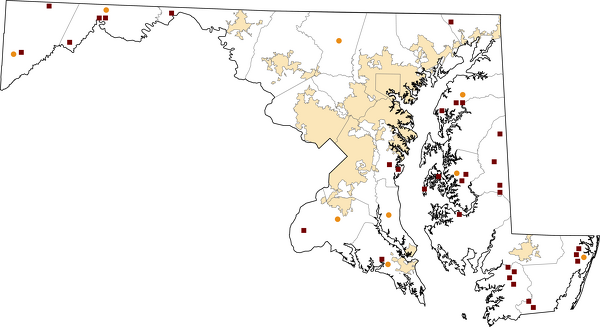Maryland
State Office of Rural Health
Maryland State Office of Rural Health
Phone: 410.767.4467
view details
Maryland Nonmetro Population
6,170,738
Estimated population
272,744
(4.4%)
People living in nonmetro areas
Maryland Rural Healthcare Facilities
0
Critical Access Hospitals
0
Rural Emergency Hospitals
0
Rural Health Clinics
32
Federally Qualified Health Centers*
9
Short Term/PPS Hospitals*
*Sites according to data.HRSA.gov (July 2025), showing only locations outside of
U.S. Census
Bureau Urban Areas with a population of 50,000 or more
Last Updated: 9/11/2025
Last Reviewed: 3/25/2024



Selected Social Determinants of Health for Rural Maryland